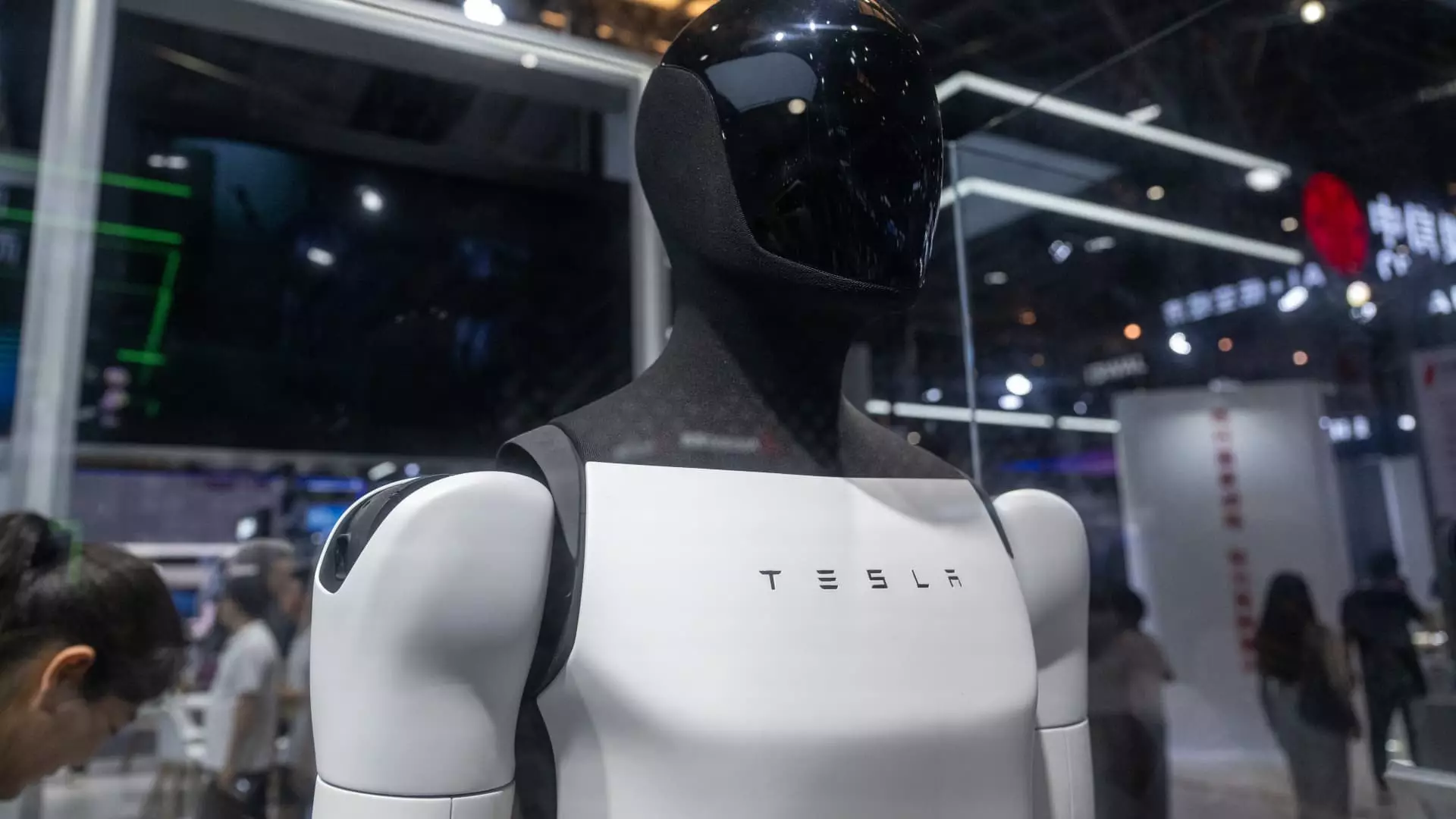Tesla’s ambitious stride toward the future, characterized by its development of humanoid robots like Optimus, now faces an unexpected hurdle. The recent trade restrictions imposed by China on rare earth magnets—vital components for various technologies—have raised alarms within the company and the tech industry. This situation exemplifies how interconnected our global economy has become, where geopolitical tensions can have immediate repercussions on business operations and technological advancements. As organizations worldwide grapple with supply chain vulnerabilities, Musk’s predicament acts as a microcosm of larger issues at play.
China’s decision to impose stricter export controls on seven rare earth elements was not made in isolation. It comes as a countermeasure against escalating U.S. trade tariffs under the administration of former President Trump. This tit-for-tat dynamic between the world’s two largest economies creates an unstable environment that could threaten innovation and competition in sectors reliant on these critical resources. Elon Musk’s assertion that Tesla is actively negotiating with Beijing highlights the diplomatic challenges that are intrinsically woven into the fabric of international trade.
The Strategic Role of Humanoid Robots in Tesla’s Vision
Musk has consistently championed the role of robotics in Tesla’s long-term strategy, indicating that the future of the company isn’t just tethered to electric vehicle production but also to large-scale deployment of humanoid robots. This vision underscores a critical trend in automation—an expectation for increased efficiency and productivity. Musk’s goal to produce 5,000 units of Optimus this year underlines not just raw ambition but a realization of the shifting landscape toward integrating AI and robotics within manufacturing processes.
Humanoid robots possess unique advantages, particularly in environments such as Tesla’s EV factories. However, Musk’s upbeat projections face potential roadblocks from export controls that may limit the availability of necessary components. The lack of clarity regarding licensing approvals could disrupt Tesla’s roadmap, a stark reminder that even the most innovative companies must navigate political and logistical challenges.
The Competitive Landscape and Global Dynamics
The competition landscape for Tesla in the humanoid robotics sector is becoming more saturated with emerging companies in China, such as Unitree Robotics and AgiBot, making substantial strides towards mass production. This intensifying competition could pose significant threats to Tesla’s aspirations if it cannot secure a steady supply of rare earth materials. Should U.S. companies falter in their ability to harness these resources, China’s dominance in the market provides its companies a burgeoning edge—a chilling prospect for a firm traditionally regarded as a tech leader.
Musk’s confident assertion that Tesla is ahead in the race for humanoid robotics belies the palpable tension within the industry. While he may view his robots as revolutionary, the reality on the ground may be more complicated. The advantage that Chinese companies have in both access to resources and lower production costs raises critical questions about Tesla’s long-term sustainability in this arena.
The Bigger Picture: Implications for Technology and Innovation
As Musk navigates these trade complexities, one must consider the broader implications of such restrictions on global technology and innovation. The increasing reliance on rare earth elements underscores vulnerabilities inherent in modern technology supply chains, often concentrated in specific geographic locations. The fairness of trade practices will be scrutinized, and the balance between national security and economic competitiveness must be constantly recalibrated.
The evolving dynamics surrounding U.S.-China relations will likely play a pivotal role in defining the trajectory not just for Tesla but for the entire tech industry. Should tensions escalate further, companies may find themselves hastily re-evaluating supply chains, potentially at great financial cost.
In essence, the challenges faced by Tesla shine a spotlight on the intricate ties between technology, trade policy, and geopolitical stability. The outcome of this situation will not just shape Tesla’s future but also forge the path for the next wave of technological progress—and whether that progress will be collaborative or contentious.


Leave a Reply